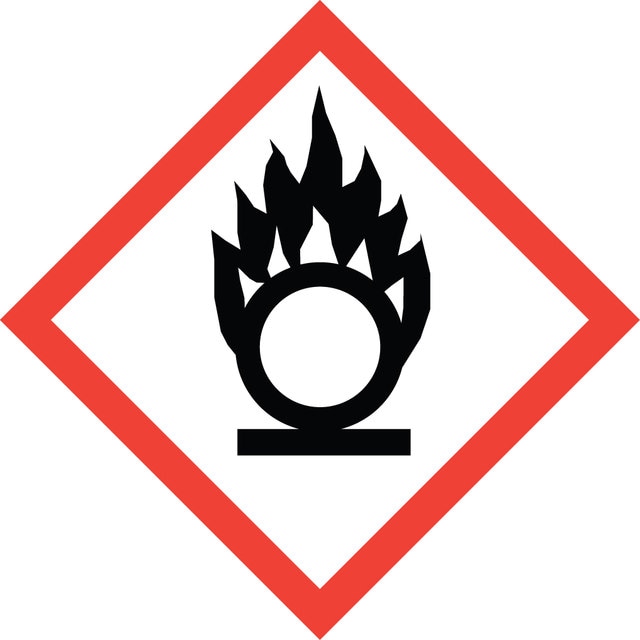Select a Size
About This Item
Product Name
Hydroxyproline Assay Kit, sufficient for 100 colorimetric tests
usage
sufficient for 100 colorimetric tests
detection method
colorimetric
relevant disease(s)
dermatological diseases
shipped in
wet ice
storage temp.
2-8°C
Application
Biochem/physiol Actions
General description
signalword
Danger
Hazard Classifications
Eye Dam. 1 - Flam. Liq. 2 - Met. Corr. 1 - Ox. Liq. 2 - Resp. Sens. 1 - Skin Corr. 1B - Skin Sens. 1 - STOT RE 2 - STOT SE 3
target_organs
Central nervous system, Thyroid
supp_hazards
Storage Class
5.1B - Oxidizing hazardous materials
flash_point_f
64.4 °F
flash_point_c
18 °C
Regulatory Information
Choose from one of the most recent versions:
Already Own This Product?
Find documentation for the products that you have recently purchased in the Document Library.
Which document(s) contains shelf-life or expiration date information for a given product?
If available for a given product, the recommended re-test date or the expiration date can be found on the Certificate of Analysis.
How do I get lot-specific information or a Certificate of Analysis?
The lot specific COA document can be found by entering the lot number above under the "Documents" section.
How do I find price and availability?
There are several ways to find pricing and availability for our products. Once you log onto our website, you will find the price and availability displayed on the product detail page. You can contact any of our Customer Sales and Service offices to receive a quote. USA customers: 1-800-325-3010 or view local office numbers.
What is the Department of Transportation shipping information for this product?
Transportation information can be found in Section 14 of the product's (M)SDS.To access the shipping information for this material, use the link on the product detail page for the product.
Can Product MAK008, Hydroxyproline Assay Kit, be used to measure the hydroxyproline levels in cell culture supernatants?
Yes.The manufacturer of the kit recommends that cell culture media (that is, cell culture supernatants) should be treated the same as serum or urine samples.
My question is not addressed here, how can I contact Technical Service for assistance?
Ask a Scientist here.
Related Content
Instructions
Our team of scientists has experience in all areas of research including Life Science, Material Science, Chemical Synthesis, Chromatography, Analytical and many others.
Contact Technical Service



